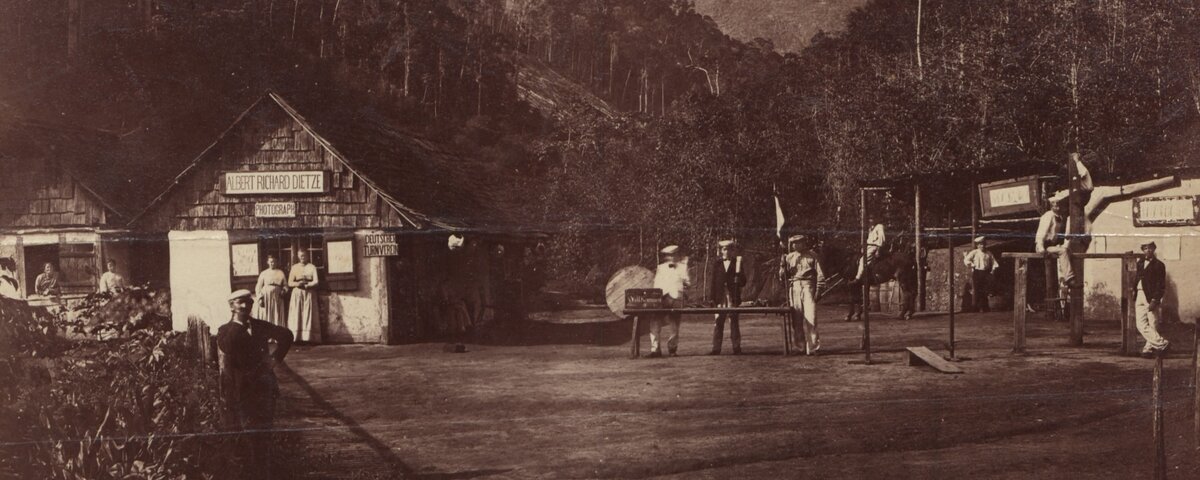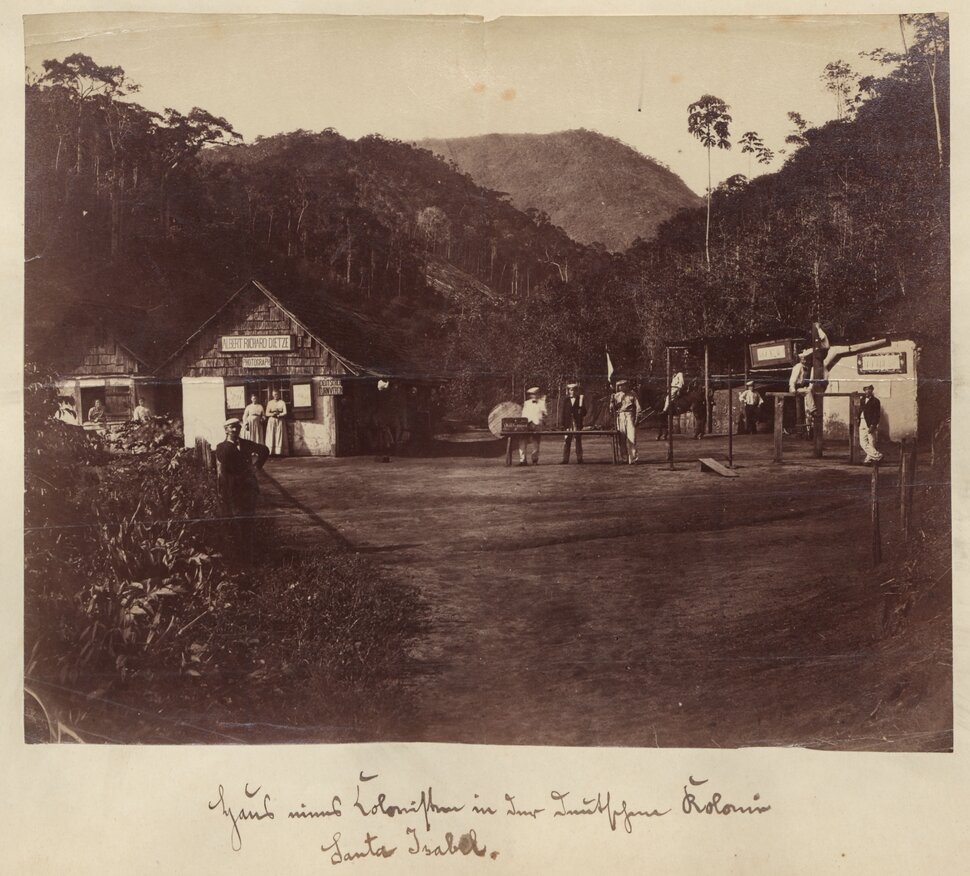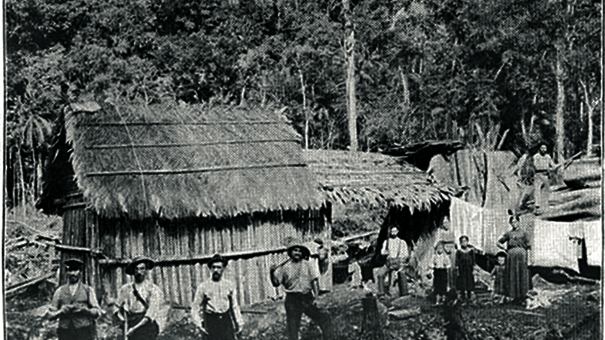As a young man, Albert Richard Dietze (1838-1906) moved to Brazil from what is now Saxony-Anhalt and was one of more than 220,000 German-speaking people who settled in Latin America`s largest country from the 19th century onwards. He ran a photo studio and became a chronicler of the lives of immigrants, their everyday lives and their new surroundings.
2024 marked the 200th anniversary of the beginning of this migration story at a time of intense reshaping of bilateral relations and global crises. This anniversary coincided with the worst floods Brazil has ever experienced, especially in the southernmost state of Rio Grande do Sul, where the first German-speaking immigrant groups settled in 1824. Numerous traditions resulting from the immigrants' areas of origin are still alive there today, such as the Oktoberfest. Minority languages, such as Riograndenser Hunsrückisch, are still spoken and cultivated.
New beginnings and encounters
The IAI built a bridge from the 19th to the 21st century with the Brazilian Embassy in Berlin and the Universität zu Köln with the topic “Transatlantic Encounters between Brazil and Germany: Dialogues from 200 Years of Emigration and Immigration” (in German). The conference, organized by Ricarda Musser (IAI) and Frederik Schulze (Universität zu Köln), analyzed cultural practices and historical developments using sources from various media formats such as letters and records of oral history, music, press, literature, film and images - such as Dietze's photographs. These are available for research on migration history in the IAI`s photo library, the Ethnologisches Museum SMB and the Brazilian National Library. A volume with the results of the conference is planned for 2025.
The exhibition „Aufbruch in ein fremdes Land“ (“Recomeço em terra estrangeira”) at the Brazilian Embassy in cooperation with the IAI and the Deutsch-Brasilianische Gesellschaft provides a historical overview. Curated by Karen Lisboa, the show poses numerous questions about life in the new homeland: What challenges had to be overcome? What role did women play? How did families adapt to the new conditions? The bilingual catalog of the exhibition (German and Portuguese), written by Karen Macknow Lisboa, will be published by the Ibero-Amerikanisches Institut on the occasion of the finissage on 29.1.2025. It is also available as a free download.
Two of the photographs in the Album de vues du Brésil published in 1889 on the occasion of the World Exhibition in Paris with contemporary views of the city and country are attributed to Albert Richard Dietze. They are a reminder of how individual lives and social developments enter into a dialog with one another across national borders.
2025 will mark the 200th anniversary of German-speaking immigration to Argentina and the IAI will participate in making the diverse connections between actors, ideas and developments visible and bringing them into diverse dialogues.
Further links
- Exhibition catalog: Karen Macknow Lisboa (German version): Aufbruch in ein fremdes Land. Eine Ausstellung über 200 Jahre deutschsprachige Einwanderung nach Brasilien, Berlin: Ibero-Amerikanisches Institut, 2025.
- Exhibition catalog: Karen Macknow Lisboa (port. version): Recomeço em terra estrangeira : 200 anos da migração de povos de língua alemã para o Brasil, Berlin: Ibero-Amerikanisches Institut, 2025.
- Forscher und Unternehmer mit Kamera (ed. by Gregor Wolff, IAI, 2014 / “Albert Richard Dietze: Fotochronist der Provinz Espírito Santo” (by Ricarda Musser, IAI, pp. 56-65), German version
- Explorers and Entrepreneurs behind the Camera (ed. by Gregor Wolff, IAI, 2014 / "Albert Richard Dietze: Photo Chronicler of the Province of Espírito Santo" (by Ricarda Musser, IAI, pp. 56-65), English version
- Albert Richard Dietze (1838-1906) in the image archive of the IAI
- Album de vues du Brésil in the Biblioteca digital Luso-Brasileira



